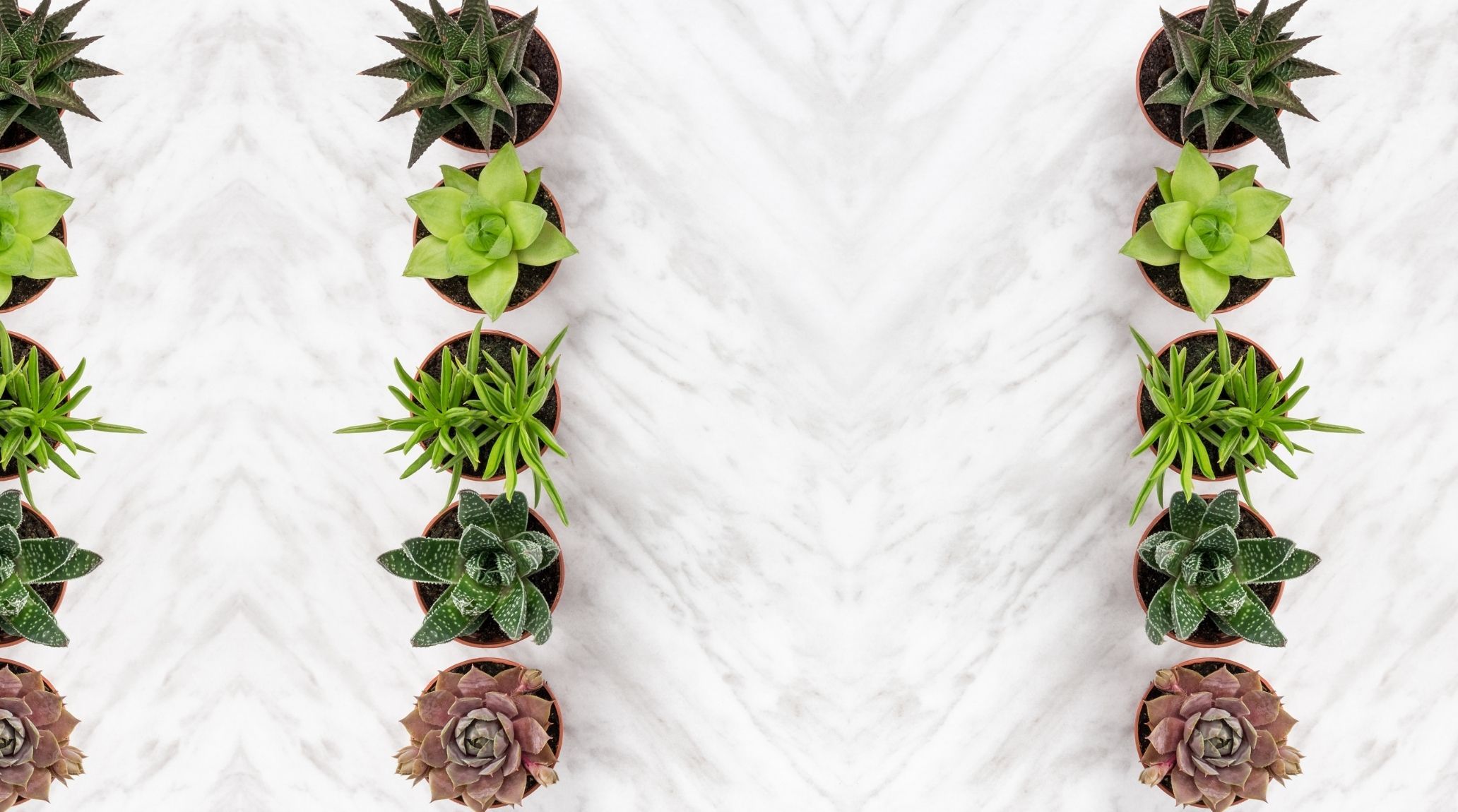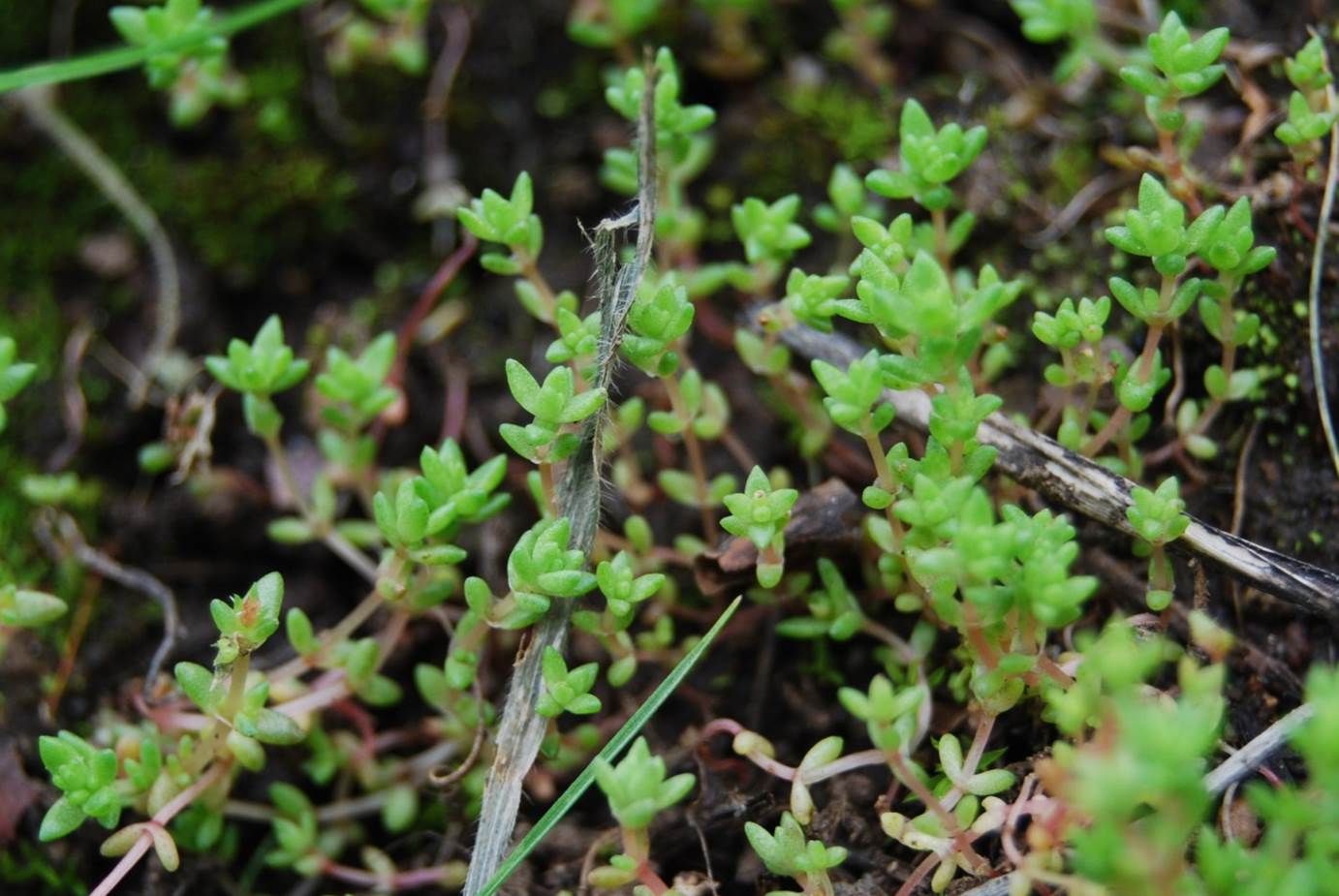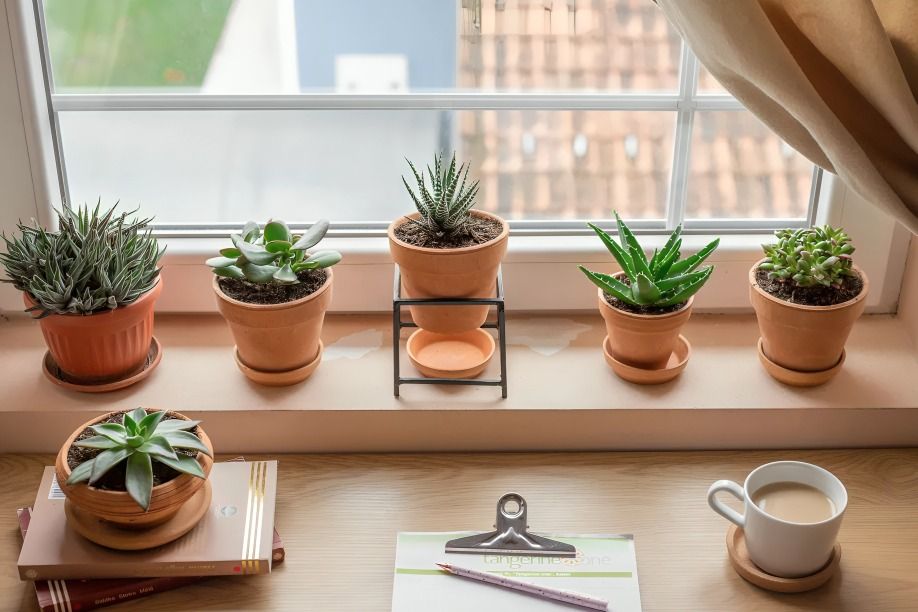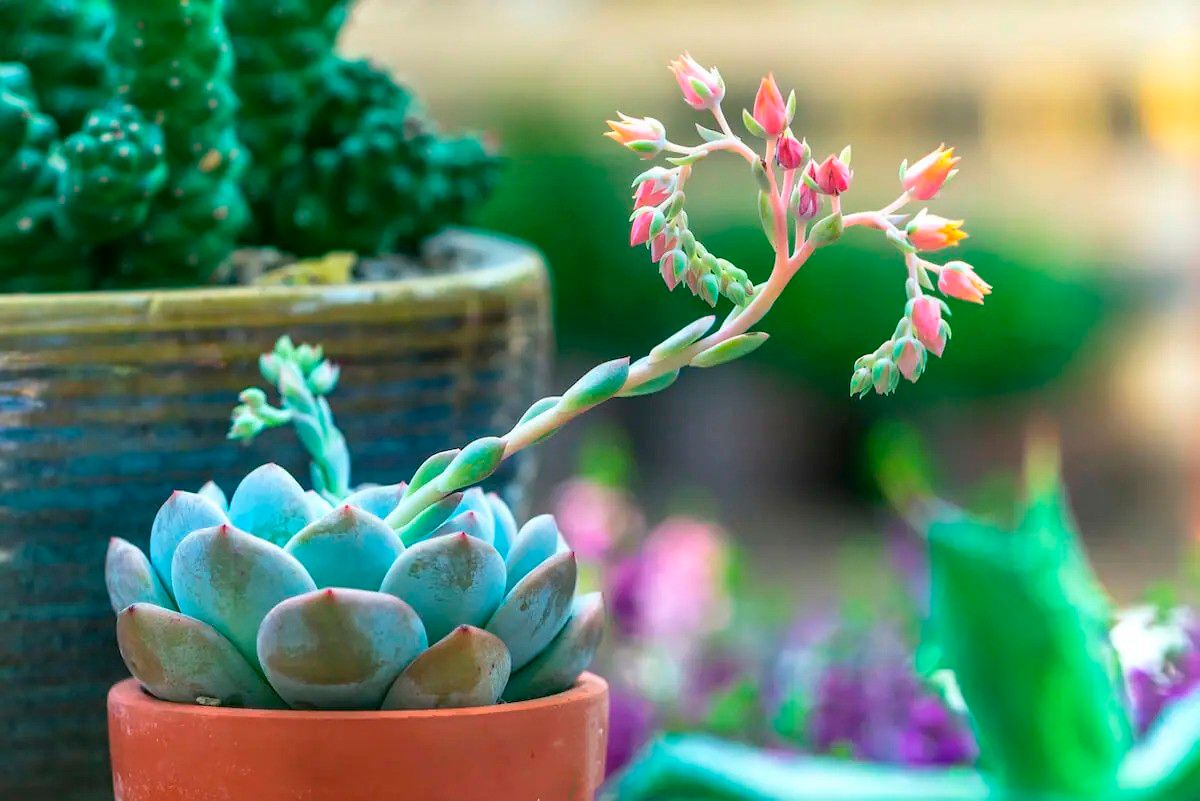
“
Succulents are fascinating plants known for their remarkable ability to store water and thrive in arid conditions. In this educational journey, we will explore enchanting succulent facts that highlight their diverse forms, vibrant colors, and unique adaptations. Join us as we uncover the captivating world of succulents, delving into their extraordinary survival mechanisms and beauty. This journey is perfect for young gardeners eager to learn about these resilient and beautiful plants, making it both an educational and inspiring adventure.1
1
”
Succulents are plants that store water in their leaves, stems, or roots, making them well-adapted to dry conditions. Their thick, fleshy parts retain moisture, helping them survive in arid environments. 1
Succulents come in various shapes and sizes, from tiny button-like plants to tall, branching ones. Some resemble stars, while others look like chubby fingers, captivating young gardeners with their intriguing forms. 2
Cacti are different from succulents, although all cacti are succulents, not all succulents are cacti. Cacti have specific adaptations, such as ribbed stems and spines, that distinguish them from other succulents. 3

The pygmy weed (Crassula erecta), a tiny succulent from California, produces the smallest leaves among succulents. Each leaf measures about 1.3 mm long, roughly the diameter of a straight pin's head, making them incredibly minute and delicate.
Certain succulents have medicinal properties. Aloe vera, for example, is known for its soothing gel, which is used to treat minor burns and cuts. Learning about their healing properties can be fascinating for kids. 4
Succulents have interesting ways of reproducing. Some produce offsets or "pups" that grow from the parent plant, while others propagate through leaf cuttings or seeds, providing young gardeners with hands-on learning opportunities. 5
Some succulents, like the Welwitschia mirabilis of Namibia, are ancient survivors that can live for over 1,000 years. Their longevity and resilience make them subjects of wonder and scientific study. 6
From vibrant greens to shades of red, purple, and even blue, succulents display a rainbow of colors. This diversity appeals to young gardeners who enjoy exploring nature's palette. 7

Succulents are popular as houseplants because they can thrive indoors with minimal care. Their ability to store water means they don't need frequent watering, making them perfect for young gardeners.
Succulents can attract a range of pests and animals, including small mammals like mice and squirrels, birds such as finches, insects like aphids and mealybugs, and larger herbivores like deer and rabbits. To protect outdoor succulents, use fencing, netting, or repellents. 8
Succulents possess a natural sunscreen called epicuticular wax or farina, which appears as a waxy or dusty coating on their leaves. This protective layer shields them from excessive sunlight and prevents their leaves from burning under intense light conditions. 9
Certain succulents, like lithops or "living stones," mimic rocks to evade predators and blend into their surroundings. This adaptation showcases nature's creativity in survival tactics. 10
Succulents are found on every continent except Antarctica, adapting to a wide range of climates and ecosystems. Exploring their global distribution can spark curiosity about geography and environmental science.11

While known for their foliage, succulents were surprised with their flowering habits. Some bloom with vibrant, short-lived flowers that attract pollinators, adding seasonal bursts of color to gardens.
Like other houseplants, succulents contribute to indoor air quality by removing toxins such as formaldehyde and benzene. Teaching kids about their role in creating healthier environments can foster a sense of responsibility. 12
You can propagate new succulents from cuttings. Simply snip a healthy leaf or stem from an existing plant, let it dry for a few days, and then plant it in soil. New roots and growth will develop, creating a new plant. 13
Succulent seeds often have a long germination period. Some can take several weeks to months to sprout, which is due to their hard seed coats and the conditions required for successful germination.14
Some succulents are edible and can be enjoyed in various dishes. For example, cactus pads (nopales) and prickly pear fruit are commonly used in Mexican cuisine. Succulents like Aloe vera can be consumed for their health benefits, though preparation is key. 15
Despite their resilience, many succulent species face threats from habitat loss and illegal trade. Learning about conservation efforts can inspire young gardeners to advocate for plant protection and biodiversity conservation. 16
For planting, succulents need plenty of sunlight to grow strong and healthy. Please place them in a sunny spot where they receive at least 6 hours of direct sunlight daily. If growing indoors, a south-facing window is ideal. 17


